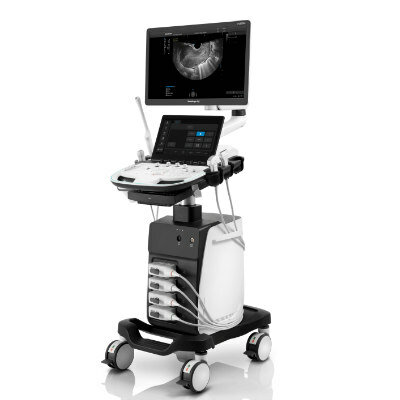fMRI Provides More Accurate Interpretation of Brain Imaging Data
By MedImaging International staff writers
Posted on 16 Sep 2009
Functional magnetic resonance imaging (fMRI) is a technique widely used in examining the human brain. However, it has long been unclear precisely how fMRI signals are generated at brain cell level. This information is vitally important to interpreting these imaging signals. Scientists have discovered that astrocytes, which are support cells in brain tissue, play a major role in the generation of fMRI signals.Posted on 16 Sep 2009
fMRI has become a highly accepted method in basic neurobiologic research, psychology, medicine as well as in areas of study that interface with the social sciences and economics, such as neuroeconomics. fMRI imaging does not directly measure the activity of nerve cells or neural networks, but local changes in cerebrovascular circulation during the execution of specific functions. Interpretation of the measurement data obtained with this method, therefore, necessitates a close knowledge of the cell-level mechanisms that are responsible for these local changes in cerebrovascular circulation.
Studies conducted by Canadian and Finnish scientists in the Academy of Finland's Neuroscience Research Program (NEURO; Helsinki) have shown that astrocytes in brain tissue play a key role in generating the fMRI signal. Astrocytes are not nerve cells, but neuronal support or glial cells that are present in the brain in greater abundance than nerve cells. Their signals alter with changes in nerve cell activity in a way that depends on the brain's metabolic state, and the astrocyte signals thus created regulate the diameter of blood vessels in the brain thereby affecting local circulation.
Prof. Kai Kaila, who is in charge of the Finnish contribution to the research program, reported that the study's findings provide important insights into the basic mechanisms behind fMRI signals. They also make it clear that interpretation of the fMRI results is not as simple as is assumed. "For example, it is generally believed that changes in fMRI signals associated with different brain diseases reflect changes in the function of nerve cells and neural networks, even though the explanation might lie in a pathological change in the characteristics and function of astrocytes. Likewise, the distinctive characteristics seen in fMRI signals measured from premature newborns is probably in large part based on the immaturity of astrocyte and blood vessel function,” Prof. Kaila explained.
The Academy of Finland (Suomen Akatemia) is a governmental funding body for scientific research in Finland.
Related Links:
Academy of Finland's Neuroscience Research Program














